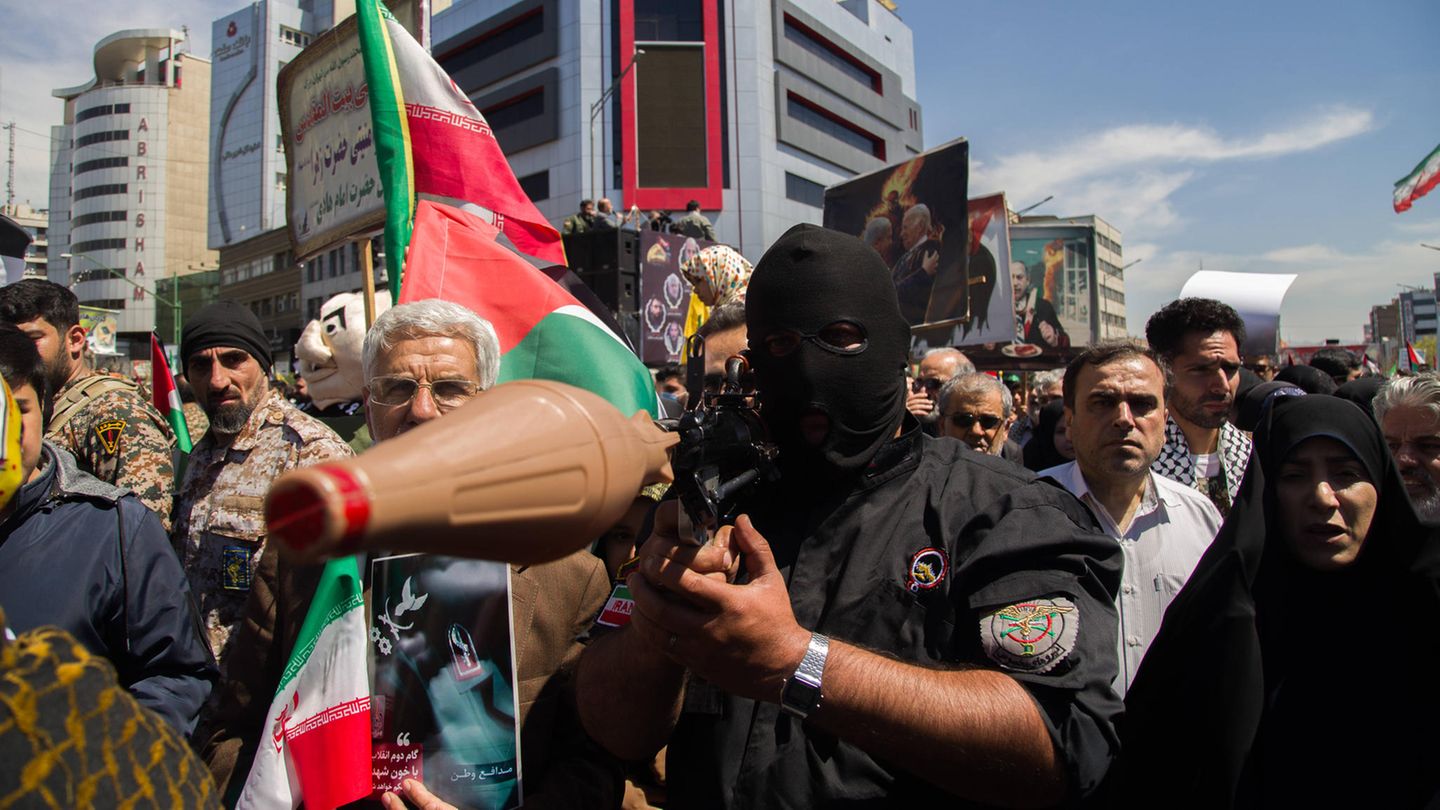The German army is geared towards defending Germany and its allies. The aim is to build large units suitable for war, with three categories: light, medium and heavy. The central partner is the Netherlands.
A third combat brigade from the Netherlands has been integrated into the German army as a step towards strengthening defense readiness. Accompanied by a ceremonial appeal, Boris Pistorius (SPD) and his Dutch counterpart Kajsa Ollongren sealed the step in Veitshöchheim, Bavaria, which is described as a “milestone”, from which both governments expect synergy effects and an increase in capabilities. This strengthens NATO’s European pillar, said Pistorius.
“NATO needs combat units that are operational and sustainable. Russia’s attack on Ukraine left no doubt about that,” said the SPD politician. Respect, trust and mutual appreciation are the basis for this integration, which is very special. Ollongren described the type of cooperation as “unique in Europe” and exemplary for NATO and the EU. Studies have shown that the soldiers themselves find the contacts with their neighbors positive. “In the end, the similarities outweigh the differences,” Ollongren said.
Specifically, the Dutch 13th Light Brigade was subordinated to the 10th Armored Division of the Bundeswehr in Veitshöchheim. All brigades of the Dutch field army are now assigned to the divisions of the German army. The move marks a chapter in the military amalgamation that began in 2014. At that time, the 11th Airmobile Brigade of the Netherlands was integrated into the German Rapid Forces Division (DSK). Two years later, the Dutch 43rd Mechanized Brigade was integrated into the Bundeswehr’s 1st Armored Division. The process is not a one-way street: In 2018, the German anti-aircraft missile group 61 was assigned to the Dutch Ground Air Defense Command, followed a year later by the German naval battalion of the Royal Netherlands Navy.
Reorganization of the three army divisions
For the Bundeswehr, the reinforcements from the Netherlands coincided with a reorganization of the three divisions of the German Army. The reorganization is intended to largely align the land forces with national and alliance defense and to offer an interim solution for the lack of weapons and equipment that has been going on for years, which prevents full operational readiness. The divisions are reorganized along three categories – light, medium and heavy forces. Central terms of the new structure:
Light forces: Under the leadership of the existing Rapid Forces Division (DSK), air-deployable and highly mobile units such as paratroopers, mountain infantry, but also the Special Forces Command (KSK) are combined. In the event of tension, they are the fighters of the first hours and only have light vehicles and weapons. However, they can be the first to arrive to deter or ward off an attacker. These soldiers are also kept ready for so-called national crisis and risk prevention – i.e. also for saving German citizens abroad from war, chaos or natural disasters.
Medium Powers: They are a new category. The core feature are vehicles on wheels and axles. Unlike heavy tracked vehicles, wheeled armored vehicles can travel independently and quickly, even over longer distances. For this purpose, wheeled infantry fighting vehicles, wheeled howitzers, armored personnel carriers and wheeled engineering equipment are purchased, including more heavily armed wheeled vehicles. A bulk order has already been placed. In Australia, the Ministry of Defense ordered more than 100 Boxer wheeled armored vehicles with a 30mm automatic cannon from the 100 billion euro special fund for the Bundeswehr.
Heavy forces: They are armed with the Leopard 2 main battle tank, the Puma infantry fighting vehicle and the 2000 self-propelled howitzer. The heavy tracked vehicles offer the highest protection, the greatest mobility and are particularly assertive in combat. However, they are also slower – calculation examples assume a third of the wheel speed – and require heavy-duty transporters.
The Armored Divisions: The German Army has three divisions – the Rapid Forces Division, the 1st Armored Division (Oldenburg) and the 10th Armored Division (Veitshöchheim). With the 10th Division, Germany has promised NATO a fully operational large unit by 2025. In order to be able to do this despite the lack of equipment, the 1st Armored Division gave a lot of material to the other large formation and received new equipment from the special fund. But this process will take years.
Cold start capability: After the end of the Cold War, the Bundeswehr was significantly downsized and geared towards foreign missions. Like a toolbox, it kept skills ready, from which operational contingents were put together over months of preparation. The return to national and alliance defense now means having fully equipped large units that act independently and can be set in motion at short notice. As with an engine, the term cold start capability was coined for this.
Source: Stern
I have been working in the news industry for over 6 years, first as a reporter and now as an editor. I have covered politics extensively, and my work has appeared in major newspapers and online news outlets around the world. In addition to my writing, I also contribute regularly to 24 Hours World.




